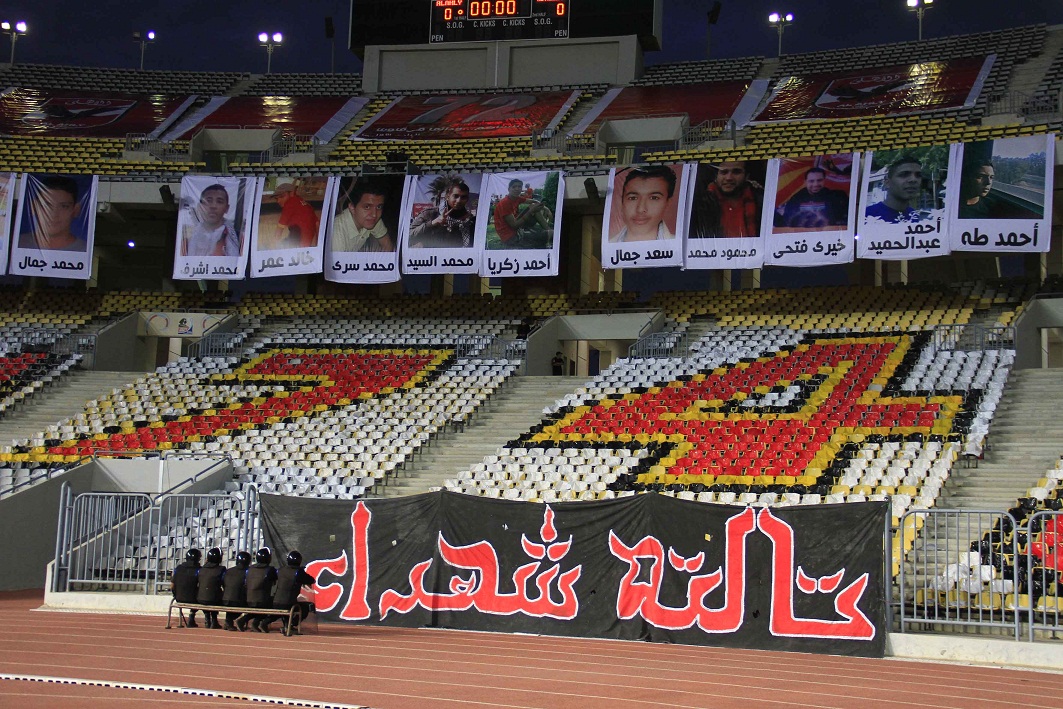LONDON: After years of rapid growth, the countries of Eastern Europe have been especially hard hit by the world financial crisis. Some required billions of dollars of international support. Even those countries that were better prepared were made painfully aware of the after-effects of crisis: export markets collapsed, commodity prices fell, and credit markets seized up.
In many countries, economic output sank dramatically, more so than in Europe’s west. This decline seems to have stopped, and the most recent data indicate that the bottom may have been reached.
Yet it is premature to declare the crisis over, because much of the impact and many of the consequences of the crisis have yet to be felt. We must reckon with a huge increase in bankruptcies – as well as with impaired credit markets and high unemployment. This, in turn, will place a burden on national budgets and banking systems – and will challenge politicians across the region. A number of countries have already been forced into drastic budget cuts, which have had a knock-on effect on standards of living.
One must add structural problems to this mix – problems that have not been dealt with since the crisis erupted. For Eastern Europe, this boils down to four major areas: (1) an overdependence on natural resources; (2) export imbalances, in terms of product mix and foreign markets; (3) small, inadequate capital markets; and (4) inefficient production and use of energy.
But the past 12 months have also underscored Eastern Europe’s strengths. Twenty years after the fall of the Iron Curtain, the countries of the east are more integrated into international markets than ever before. This brought strong growth rates in good times. In times of crisis it had a negative impact – although integration has prevented currency collapse or the write-off of national debt, occurrences that we have witnessed during previous crises in emerging markets.
The IMF, the World Bank, and other international financial institutions, such as the European Investment Bank and the European Bank for Reconstruction and Development, as well as the European Central Bank and the European Commission, have worked together to stabilize the situation. The G20 has led the way on the international level. Cooperation and coordination of this kind and at this level were unattainable during earlier financial crises.
Another difference with past financial downturns in emerging markets is that investments in the EBRD region – Eastern Europe, Southeastern Europe, Turkey, and the former Soviet Union – have turned out to be long term, rather than short-term or speculative. Western entrepreneurs and investors have increasingly come to view Europe’s east as a part of a (now broader) domestic market and have behaved with a longer-term view. This has brought the region much needed stability.
A healthy banking and financial sector is crucial for stability. International cooperation has succeeded in preventing banks headquartered in Western Europe, with extensive branch networks in the Eastern Europe, from pulling out. Yet serious problems remain. An unwillingness to lend and expensive loans in foreign currencies are a real burden to eastern balance sheets. That is why it has become so difficult for small and medium-sized companies to get new loans or to refinance existing loans.
The EBRD has experienced the change in market conditions first-hand. We have implemented an anti-crisis program that has concentrated on the financial sector, the real economy, and especially important infrastructure investments, particularly in the crucial area of energy efficiency. Demand for our loans and project finance is higher than ever: in the first nine months of 2009, we have invested more than ?6 billion, twice as much as we did in the same period a year ago.
Yet the EBRD does more than make much-needed loans. Our investments are aimed at the development and support of market economies across the region. We work with the private sector and not in competition with it. We mobilize private financing for public goods, such as infrastructure. Our investments are aimed at overcoming structural problems that have plagued the region.
This crisis has shown that the need for adequately capitalized public institutions is enormous. This will remain the case for the foreseeable future. For years to come, the private banking sector will be preoccupied with the consequences of the financial crisis. As a result, investors value a strong public partner now more than ever before.
The current economic situation has pushed the EBRD to its limits. It is for this reason that I have suggested a capital increase to the shareholders of the bank – to ?30 billion from the current ?20 billion. This would mean that the EBRD could invest up to ?10 billion annually over the next five years, enabling us to continue to fulfill our role, providing vital backing and financial support to Eastern Europe and the private sector. Such investment is more necessary than ever, even at a time of gradual economic recovery.
Thomas Mirow is president of the European Bank for Reconstruction and Development (EBRD) in London. This commentary is published by DAILY NEWS EGYPT in collaboration with Project Syndicate (www.project-syndicate.org).


